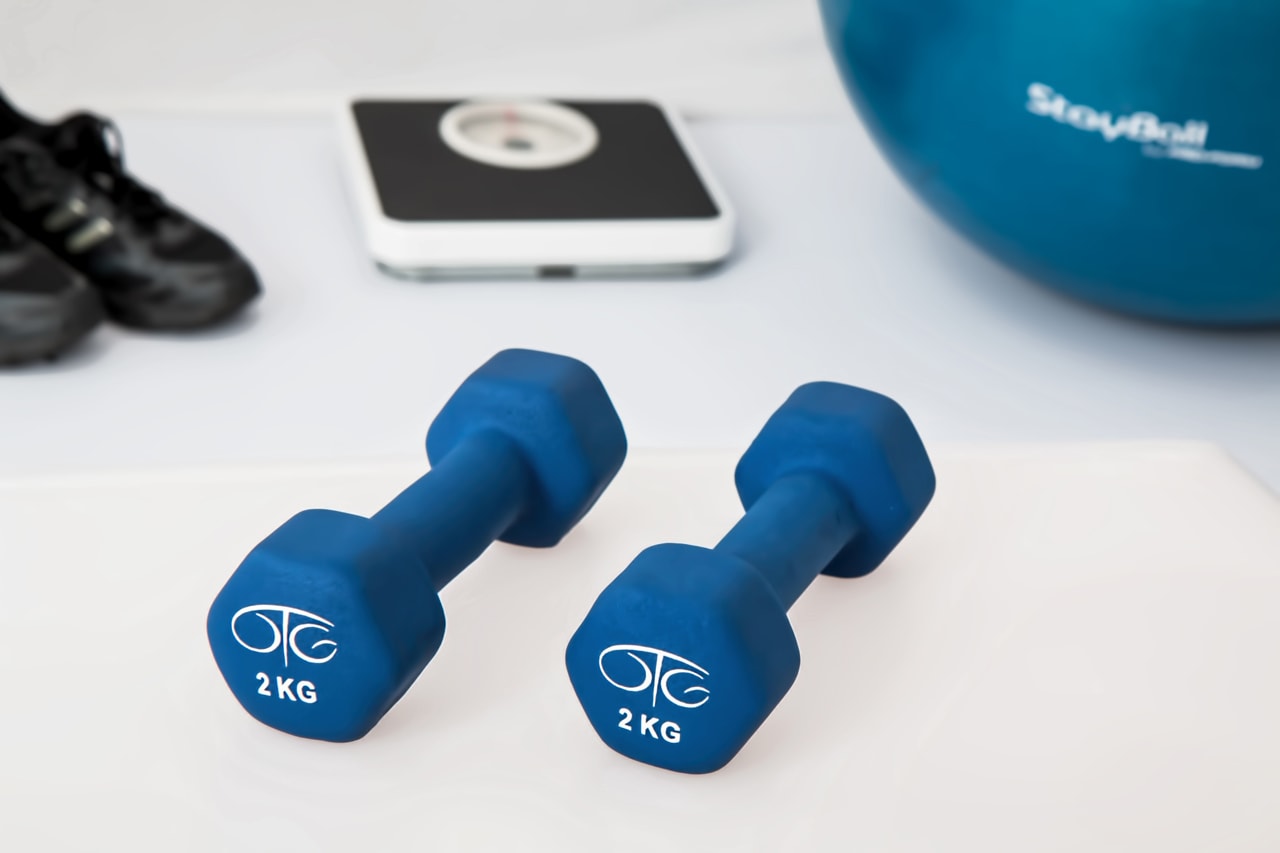Exercise cannot undo the harms of passive sitting.
Evidence has been accumulating for years that passive sitting presents a unique health risk, different from lack of exercise. Importantly, it turns out that exercise cannot undo the harms of passive sitting. So, while sweating in the gym for an hour has important health benefits, it does not repair the damage done by sitting at one’s computer all day. It may not seem fair, but physiology isn’t about fairness.
This week Gretchen Reynolds at the Washington Post1 called attention to still another study proving this point. Vahid Farrahi and his co-authors in Finland studied almost 4,000 of their countrymen and women, carefully measuring their daily activity with accelerometers. They found that even modest physical activity, such as simply strolling a bit around the office, improved all cardiometabolic health markers, including body adiposity and blood lipid, glucose, and insulin levels2. As Gretchen Reynolds puts it: “… if we exercise but also sit for the rest of the day, it’s almost as if we had not worked out at all.”
This is bad news for those who had hoped that an hour at the gym would forgive many hours at the keyboard. It turns out you can’t “run away” from the harm done by long bouts of passive sitting.
What are movement snacks?
But the good news for each of us is that breaking up sedentary periods with even modest activity can bring big health benefits: measurable improvements in body adiposity and blood lipid, glucose, and insulin levels. These so called “movement snacks”3 can make a big difference in health, and are really the healthiest sort of “snack” possible.
But there’s more: injecting even small amounts of exercise into the seated work environment is a public health play that could make an enormous difference in the health of millions of people. By reducing the disease burden of “sitting disease” (obesity, diabetes, heart disease) the cost of health care in the United States could be dramatically reduced.
Unfortunately, it's not easy to get people to move more because we've evolved to conserve calories. This so called “exercise paradox” has been examined in detail in a well-researched book by Harvard’s preeminent evolutionary biologist, Daniel Lieberman, Exercised: Why something we never evolved to do is health and rewarding.4 In a nutshell, Lieberman’s argument goes like this: In our not-so-distant past our hunter-gatherer existence required that we walk several miles each day, and our physiology came to depend upon this to stay in good repair. In the last century, an eyeblink in the scope of evolution, we’ve gone from walking miles each day to walking just hundreds of feet. This change was so sudden that evolution couldn’t keep up, and can’t be expected to catch up for millennia.
Rethinking office furniture to improve health.
Those of us in the public health world know that begging, cajoling, shaming, or bribing people pretty much fails to change behavior. What's needed is a change in the built environment that makes movement unobtrusively unavoidable. We discovered this principle with auto safety: while speeding tickets and public awareness campaigns didn’t save many lives, divided highways and air bags have reduced traffic deaths by 75%. People can ignore a public health message on the radio, but when needed the airbag in their car can’t be ignored; in 100 milliseconds it’s there for you.
What would be the "airbag" equivalent that would get, and keep, people moving in the office? It turns out that the humble office chair can be redesigned to encourage people to move more while sitting. One company (Fully) took out a Super Bowl ad that tried to introduce this idea to America, and make it seem like fun5. And it’s not just Fully: there are now several companies that produce chairs that are explicitly designed to keep people moving, some that are less expensive than standard “ergonomic” office chairs.
Will a modest change in furniture actually mitigate the harms of passive sitting? There's research that show such furniture results in people burning more calories while sitting at their desk6. And, because even the modest increase in activity seen in fidgeters confers health benefits7, it seems likely that chairs that encourage active sitting can lead to a considerable reduction in the harms caused by passive sitting. As Lieberman agrees, and observes in his book (page 71): “… try to find ways to sit more actively, without being inert for too long, squirm shamelessly, and don’t let sitting get in the way of exercise…”. (Italics added.)
Of course, I’m hardly a disinterested observer of this problem: I'm an emeritus professor (surgery) here at the University of Vermont, and I've spent years working on this problem. I'm in so deep that I finally founded a small startup devoted to popularizing active sitting (QOR360.com), as well as another project devoted to providing a free active sitting alternative for school kids (ButtOnChairs.org). So, it’s comforting to me to discover that so many other researchers are finding that modest increases in movement can pay big dividends on a small investment: Just swap out your “ergonomic” office chair for an active chair, and reap a lifetime of benefits.
Other approaches to increasing daily activity such as jogging, or taking the stairs instead of the elevator, or just parking farther from one’s office building require that every day you overcome the natural, inborn disinclination to exercise. This necessitates a decision dependent upon willpower, a resource that can seem quite limited when a task doesn’t engage us8. That’s 365 possible failures every year, so it’s not surprising that this “willpower” approach fails for most people. Changing out one’s “ergonomic” chair for an active chair, by contrast, is a single decision, so success is much more likely.
It's important to call attention to the harms of passive sitting as more and more researchers are now doing. But it's even more important to provide people with practical, effective, alternatives to passive sitting. Standing desks9, treadmill desks10, etc. have been tried and largely failed for a variety of reasons. Active sitting, by contrast, seems like a bright spot in the list of alternatives that just keeps getting brighter.
1How sitting all day can cause health problems — even if you exercise
3Exercise Snacking to Improve Muscle Function in Healthy Older Adults: A Pilot Study
4EXERCISED: Why Something We Never Evolved to Do is Healthy and Rewarding
6Cardiovascular and metabolic responses of active sitting while performing work-related tasks
7Sitting Time, Fidgeting, and All-Cause Mortality in the UK Women's Cohort Study
8Have We Been Thinking About Willpower the Wrong Way for 30 Years?





Leave a comment
All comments are moderated before being published.
This site is protected by reCAPTCHA and the Google Privacy Policy and Terms of Service apply.